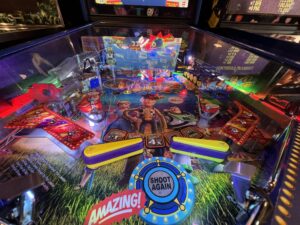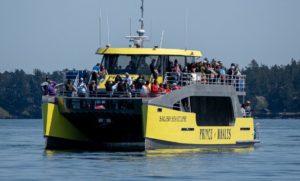Did you know Vancouver Island has its own subspecies of black bear? With an estimated population of around 7,000 individuals, this island hosts one of the densest concentrations of black bears globally. The presence of six subspecies of black bear in British Columbia reflects the region’s remarkable biodiversity, a result of the geographical isolation of bear populations following the glaciation of British Columbia approximately 18,000 years ago. Distributed throughout Vancouver Island and neighboring islands, these bears thrive in various habitats, with the highest concentrations found in the uninhabited low-lying forests of the island.
What is their lifespan?
The bears are known for being slightly larger than their mainland counterparts, weighing between 400 to 600 pounds, and boast a massive skull. With a lifespan of around 20 years in the wild, mating typically occurs annually from June to July, but these animals experience a phenomenon known as delayed implantation, with the embryo implanting in the uterus months later in October and November. Cubs are typically born in January or February in winter dens, with females capable of giving birth to 1-4 cubs, although twins are most common.
What do they eat?
The Vancouver Island black bear eats a diverse diet, allowing them to adapt to various habitats and seasons of the west coast. Along beaches, they forage on a bounty of mussels, crabs, barnacles, and gunnels. During the fall months, they congregate near rivers and streams to indulge in spawning salmon. Their diet also encompasses a wide range of vegetation, including berries, plant roots, grasses, and nuts, ensuring they have access to vital nutrients year-round.
What are their threats?
The threats these magnificent animals face are primarily caused by humans and include hunting, logging, poaching, railway and highway traffic, development, and the decline of salmon stocks. In addition, black bears often find themselves attracted to improperly-handled waste, fruit trees, and beehives, a result of human error, which can cause additional conflict with conservation officers.
How can I view them safely? Although it may be exciting to see these creatures in person, you must ensure to do so safely and to not interfere with them directly. You can watch black bears live and play in Ucluelet, Tofino, Telegraph Cove, Campbell River, Port McNeill, and many other locations around the island. To ensure a safe and enriching experience, it’s advisable to book a tour with a reputable company that specializes in wildlife viewing.








